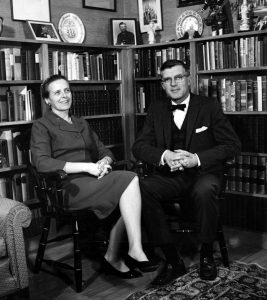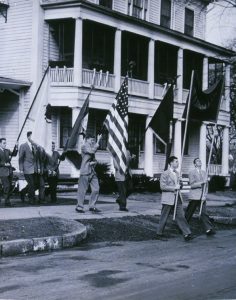One of the highlights of May 2020 was to have been the Williston Theater’s much-anticipated presentation of Les Misérables. The COVID-19 crisis having closed the campus, it was not to be. It would have been an opportunity to publicly celebrate the centennial of The Williston Theater, which made its debut (as the Dramatic Club) in 1919-1920.
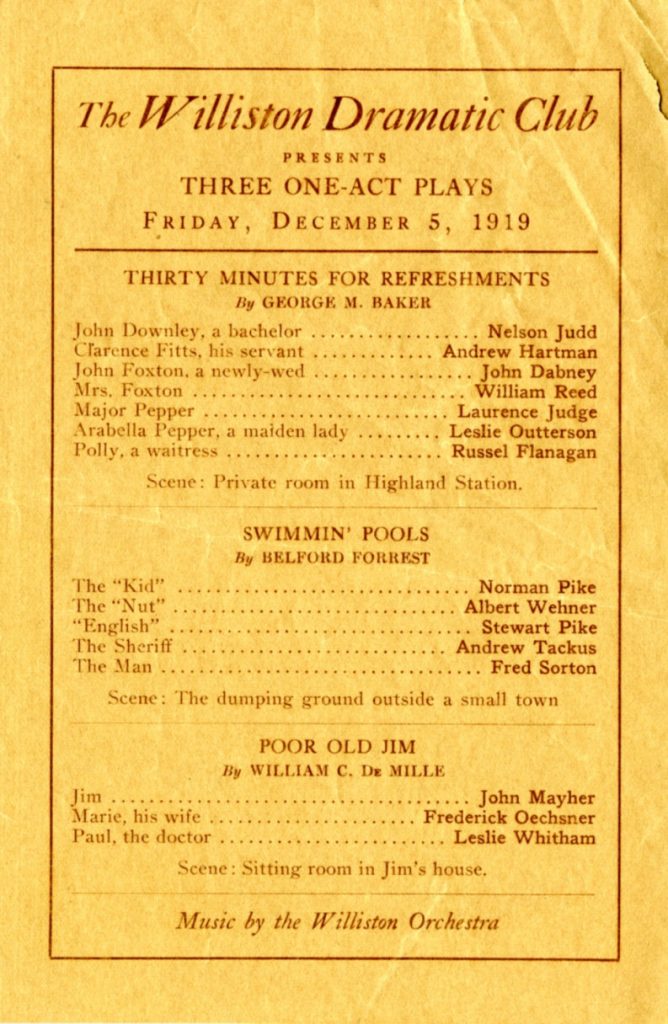
Prehistory
To be clear, student theatricals were regular occurrences at Williston Seminary (as it was then called) prior to 1919. Teenagers have always been dramatic, and the “hey kids, let’s put on a show” instinct, often coupled with an urge to clown, is rarely far from the surface. Most of the student-produced shows of the time took on a rough-and-ready quality. Today we might call it skit comedy, and would probably be baffled by inside jokes and perhaps disappointed by the overall taste.
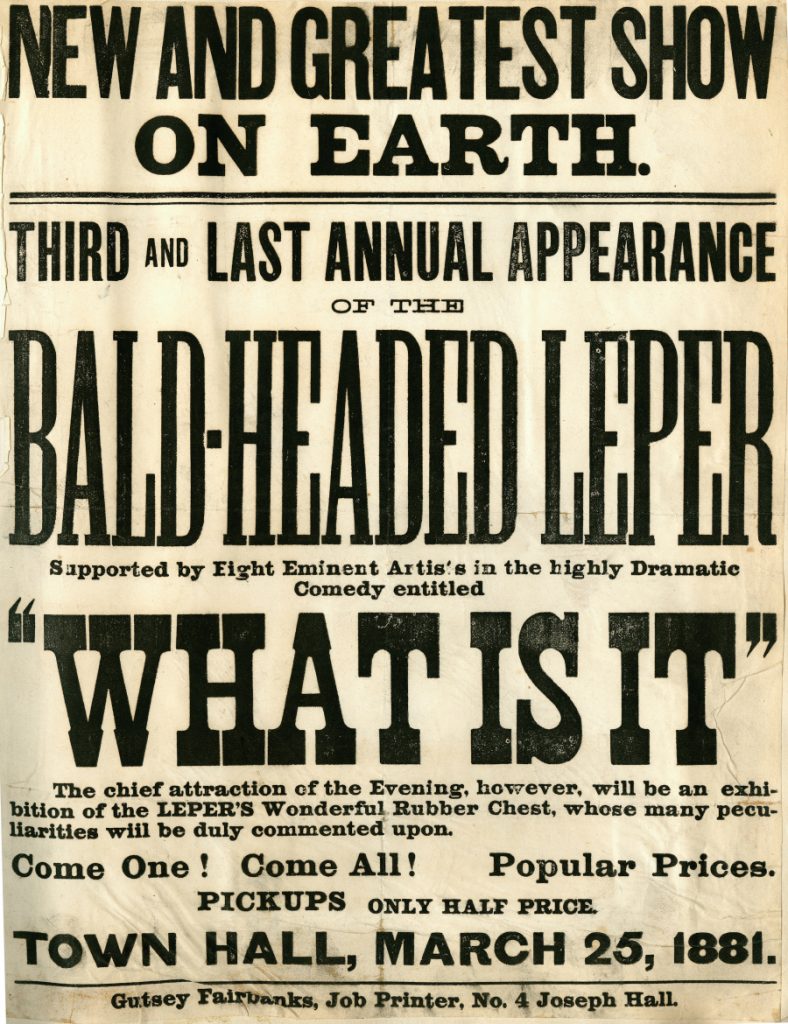
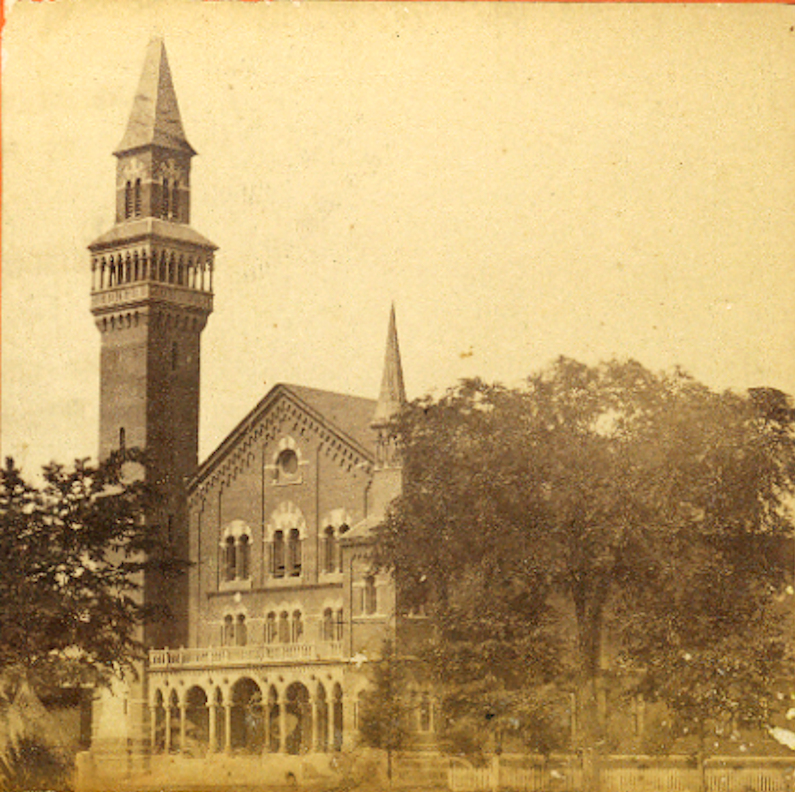
For a nominal fee, Williston students had the use of the auditorium and stage in the Town Hall, directly across Main Street from the campus. Although the building belonged to the town, it had been donated by Samuel Williston, and students made certain assumptions.
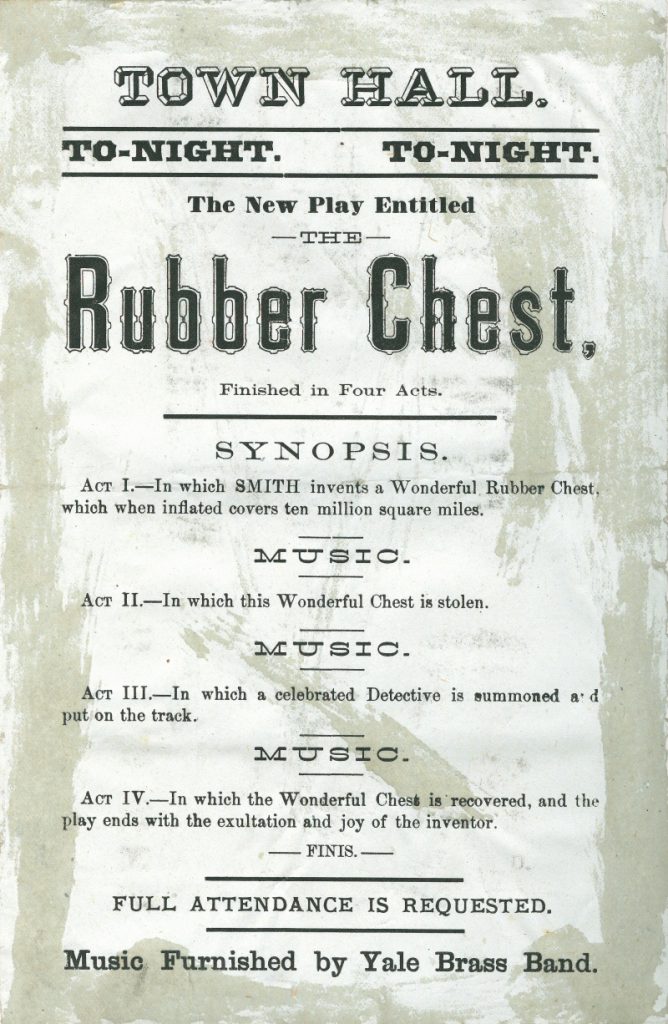
In some instances, we might be more than disappointed at the tone of some of these efforts. “Appalling” is perhaps not too strong a word to describe student minstrel shows that featuring stereotypical characters and ethnic humor. Reflecting the times, the targets were most frequently African Americans and the Irish. Ironically, Williston was an integrated school by the 1870s. One can only speculate on how students of color might have responded.
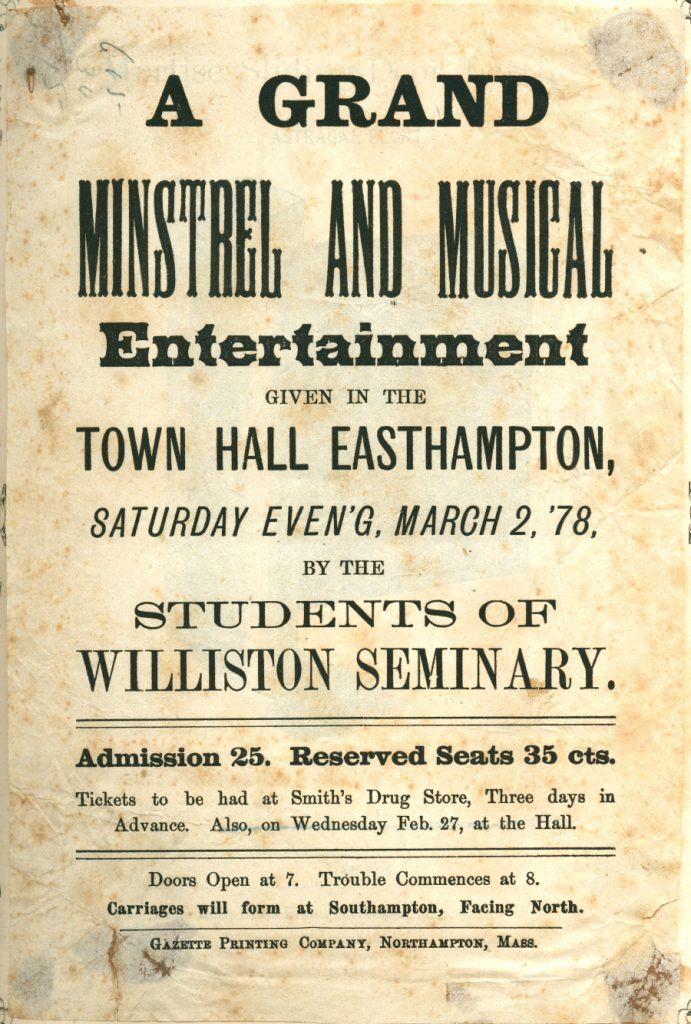

Happily, some aspired to loftier dramatic pursuits. George Wardman, class of 1889, was one of a cadre of theater-mad students invited to participate in a faculty reading of Shakespeare’s Macbeth in 1888. Participants read multiple roles, and the female parts were undertaken by faculty spouses — Lady Macbeth by the Headmaster’s wife. The organizers were sufficiently pleased with themselves to attempt Hamlet a few weeks later. (Wardman preserved his invitation and cast list in a scrapbook full of other theatrical memorabilia; see An 1880s Williston Scrapbook.)
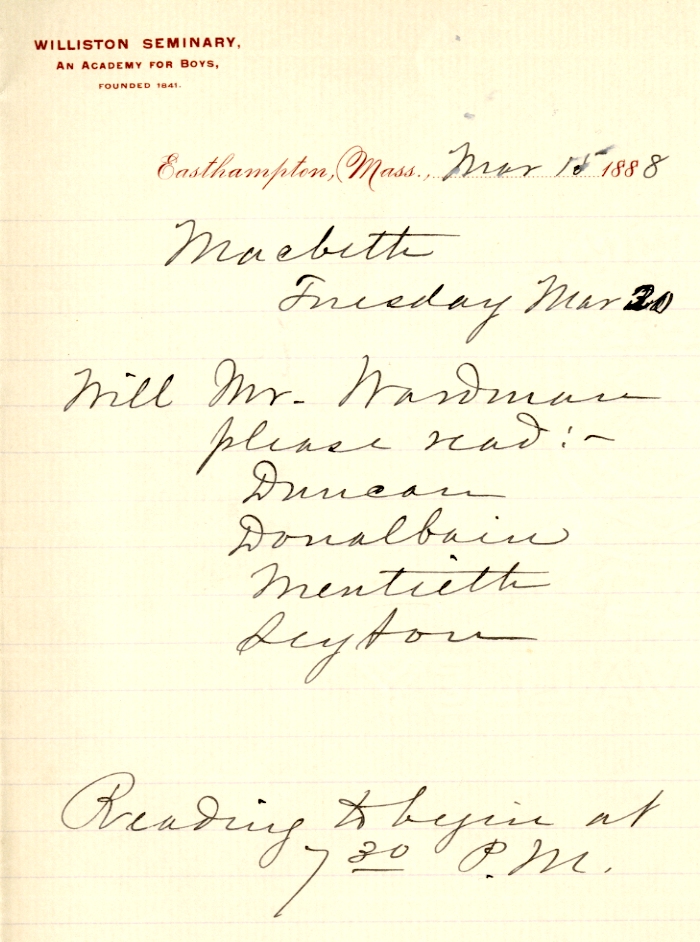
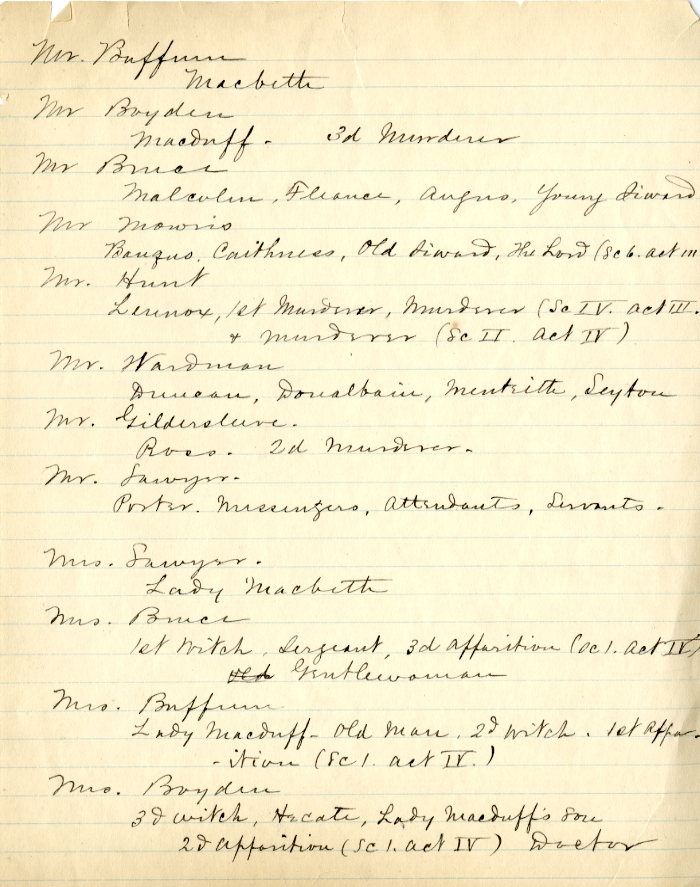
The Birth of the Drama Club
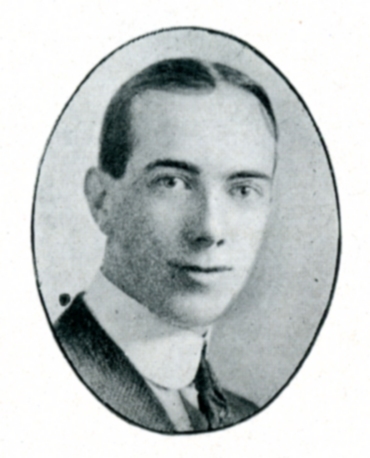
Student productions up prior to 1919 had enjoyed neither school sponsorship nor faculty supervision. All that changed with the 1917 arrival of Professor Laurence J. Smith, an English teacher and graduate of what was then known as Emerson College of Oratory. Smith set about convincing colleagues and students of the importance of “the promotion of the art of the theatre and the development of self-confidence and imagination through dramatic expression.” In October 1919, under Smith’s direction, a student cast took to the Town Hall stage with an evening of one-act plays. (The program is at the very top of this article.)


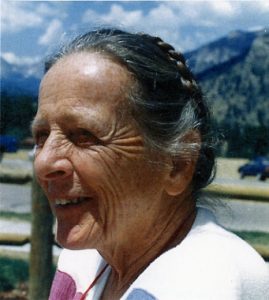 “First Lady of Williston” Sarah Stevens left us on February 9, aged 99 (
“First Lady of Williston” Sarah Stevens left us on February 9, aged 99 (